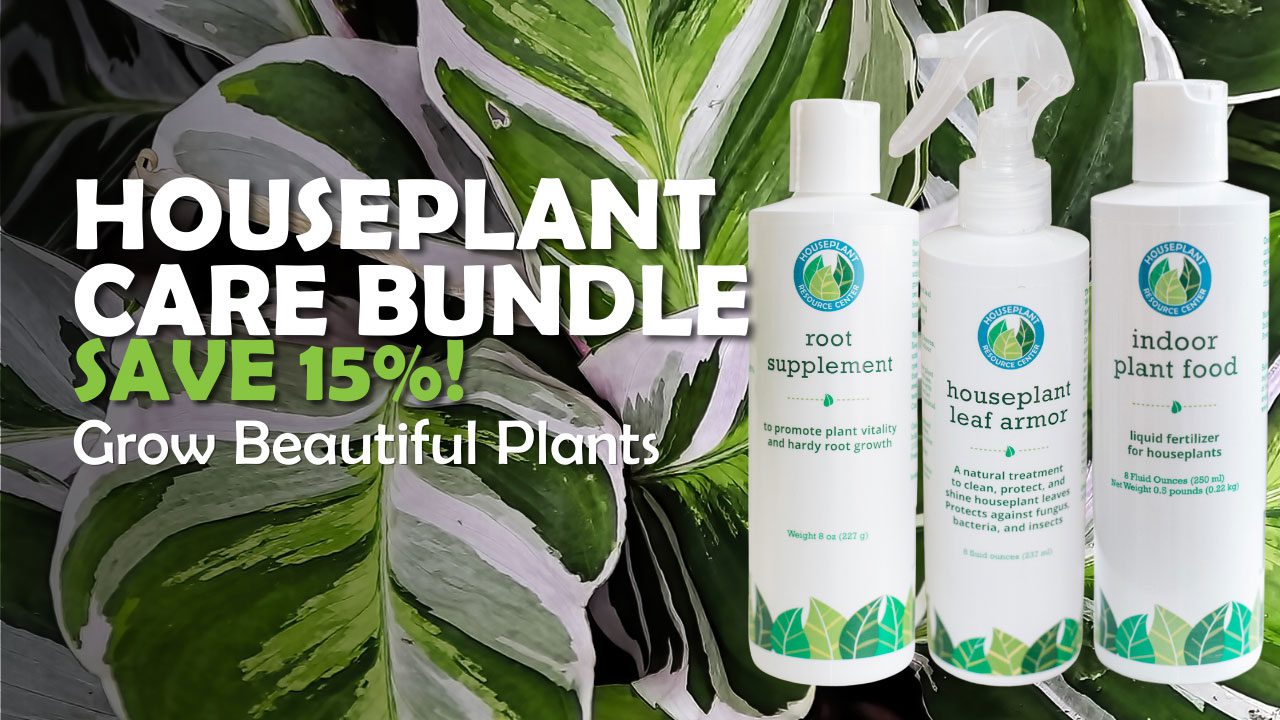Don’t confuse phosphite supplements with phosphate-derived fertilizers, such as potassium phosphate and those found in traditional fertilizers. Although phosphite and phosphate compounds are chemically very similar, their actions in plants differ significantly. Phosphates are primary sources of phosphorus in plant fertilizers. Phosphorus is essential for all living organisms; plants use it for many processes, including photosynthesis, energy storage, and cell division.
On the other hand, phosphite has one less oxygen than phosphate, which means that it acts in a completely different way than its phosphate counterparts. First of all, plants absorb phosphites more easily, although they contribute little to no phosphorus. However, although phosphites lack nutrient value, they make up for this by simulating the plant’s natural defense mechanisms. And even though phosphites can control root rot disease in plants, they’re unsuitable for phosphate fertilization. The inverse is also true: phosphate is an excellent source of phosphorus for plant growth but is unable to control certain diseases, such as foliar blight, downy mildew, and root rot. Therefore, to produce optimal vitality in your houseplant, a good growth plan should include phosphate fertilizer in addition to a phosphite supplement (such as Root Supplement).



